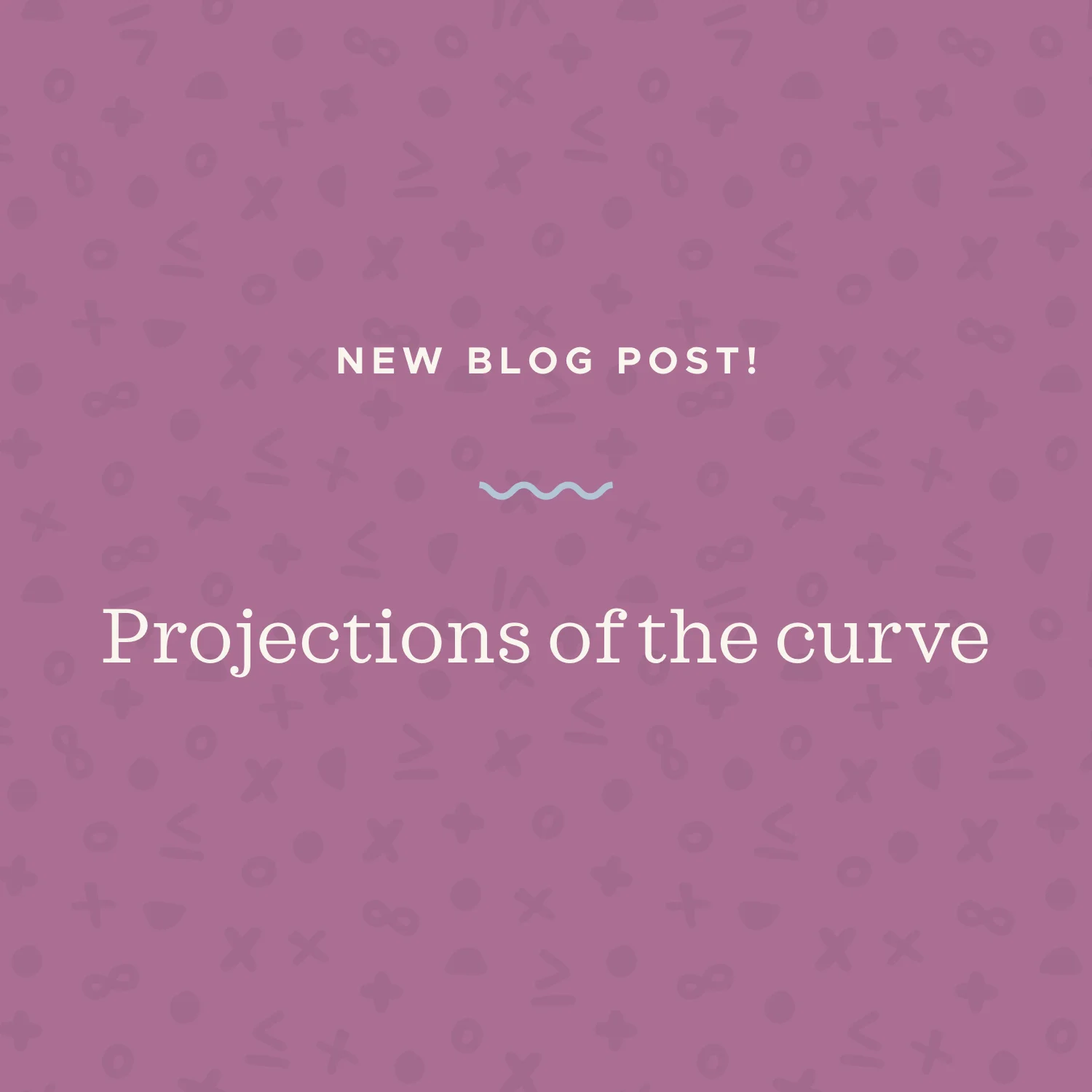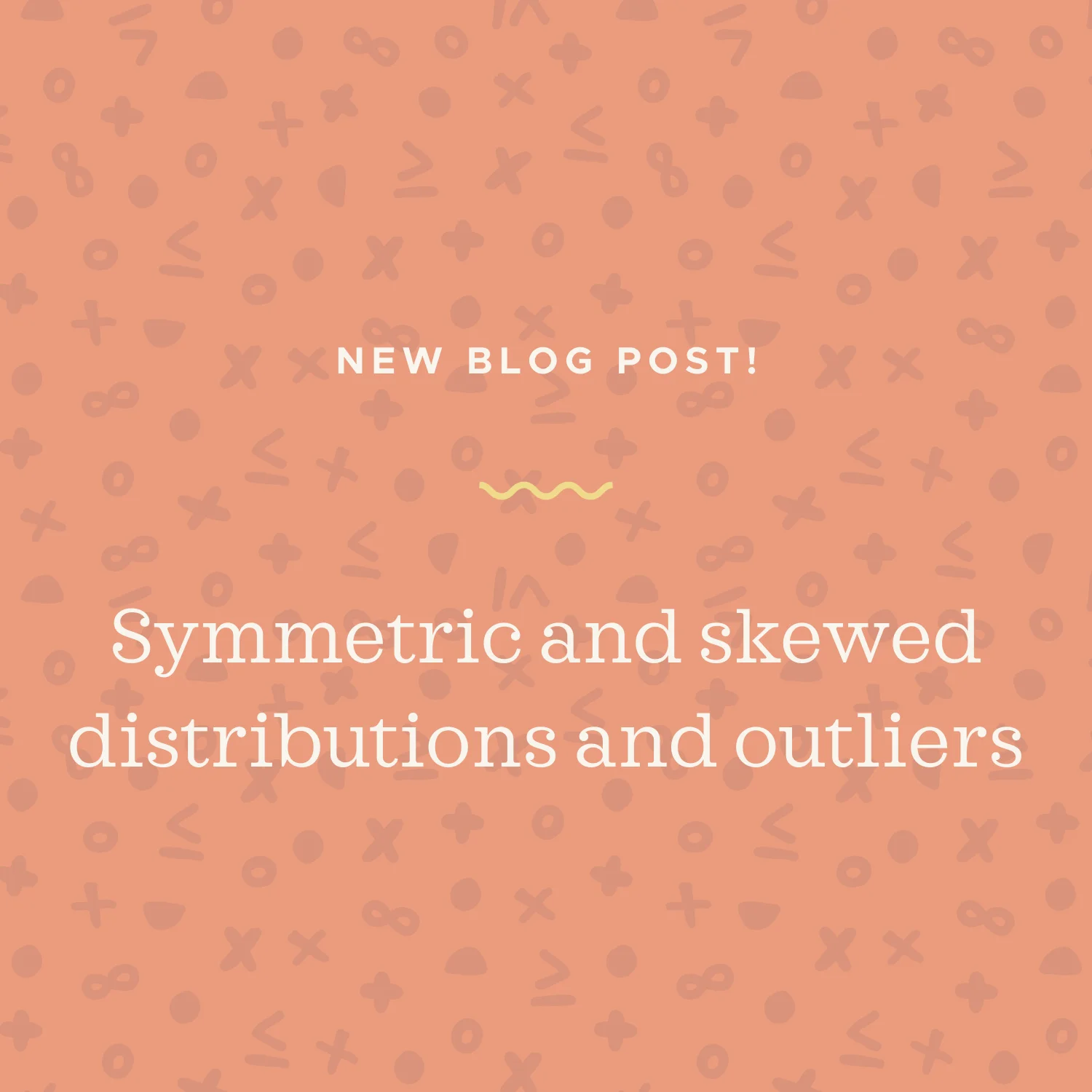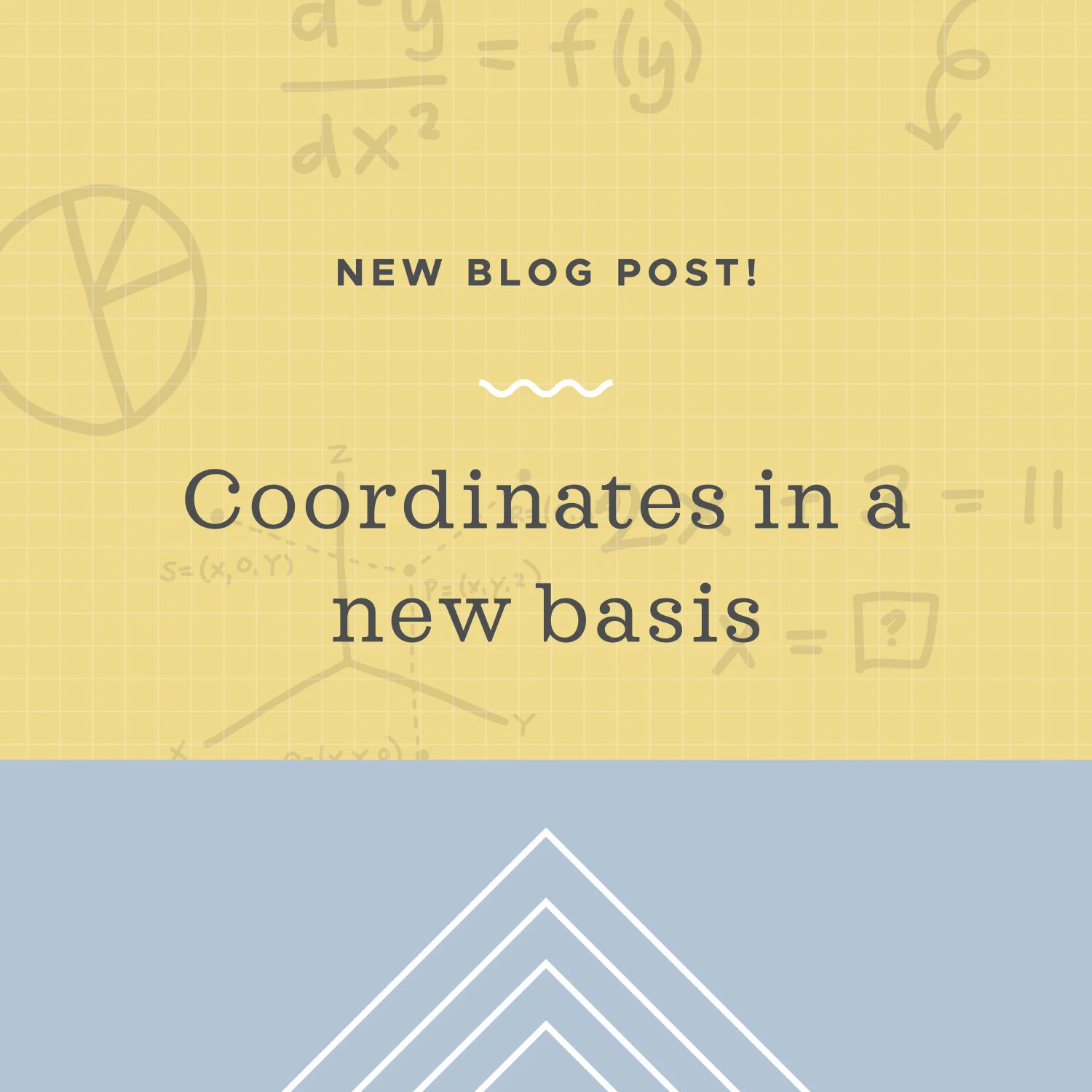In this lesson we’ll look at how to identify adjacent angles in a diagram and how to form angle names. Adjacent angles share a common vertex and one common ray (or side). If two angles don’t share a vertex or side, they can’t be adjacent.
Read MoreSometimes the easiest way to sketch a three-dimensional curve is to sketch its projections on the xy-, xz-, and yz-coordinate planes. Think about the projections of a curve as the shadows they cast against the coordinate planes.
Read MoreLet’s remember the relationship between perpendicularity and orthogonality. We usually use the word “perpendicular” when we’re talking about two-dimensional space. If two vectors are perpendicular, that means they sit at a 90º angle to one another.
Read MoreTo solve an initial value problem for a second-order nonhomogeneous differential equation, we’ll follow a very specific set of steps. We first find the complementary solution, then the particular solution, putting them together to find the general solution. Then we differentiate the general solution, plug the given initial conditions into the general solution and its derivative to create a system of linear equations, and then use the initial conditions to solve that system for the constant coefficients. Finally, we’ll plug those constant coefficients back into the general solution.
Read MoreTo change a triple integral into cylindrical coordinates, we’ll need to convert the limits of integration, the function itself, and dV from rectangular coordinates into cylindrical coordinates. The variable z remains, but x will change to rcos(theta), and y will change to rsin(theta). dV will convert to r dz dr d(theta).
Read MoreThe alternating series test for convergence lets us say whether an alternating series is converging or diverging. When we use the alternating series test, we need to make sure that we separate the series a_n from the (-1)^n part that makes it alternating.
Read MoreBox-and-whisker plots (also called box plots) are a great way to represent a data set when we want to show the median and spread of the data at the same time. The median is represented by the line through the center of the data, and the first and third quartiles are represented by the edges of the box.
Read MoreIn this lesson we’ll look at the equation for a circle and how to use it to graph a circle, interpret points on a circle and write an equation given a graph or the special features of a circle. A circle can be defined by a center point and a radius of a certain length. In the equation of a circle.
Read MoreAt times we’d like to take an equation that has at least one fraction with a variable in its denominator and write the equation in a different way. We’ll call an equation like this an abstract fractional equation. This lesson will look at how to do that.
Read MoreDid you know that you can add two different functions together? There are two ways to add functions. You can either input the value for x into each function and then add the outputs together, or you can add the functions together and then input the value for x and simplify.
Read MoreWe’ve talked about changing bases from the standard basis to an alternate basis, and vice versa. Now we want to talk about a specific kind of basis, called an orthonormal basis, in which every vector in the basis is both 1 unit in length and orthogonal to each of the other basis vectors.
Read MoreConsecutive integers are integers that are one number apart from each other. Integers are “whole numbers” that are either positive or negative, which means we’re not including fractions or decimals.
Read MoreA fraction may look like a completely different kind of number, but the way we need to think about it is just as “part of a whole”. A fraction always has two numbers: the top number, which is called the “numerator,” and the bottom number, which is called the “denominator.”
Read MoreA density curve is technically the smooth line that encloses a distribution. We call it a distribution because the area under the curve shows us the distribution of our data. In this lesson we’ll look at distributions with different shapes, like symmetric and normal distributions, and skewed distributions.
Read MoreWe’ve already learned how to find the complementary solution of a second-order homogeneous differential equation, whether we have distinct real roots, equal real roots, or complex conjugate roots. Now we want to find the particular solution by using a set of initial conditions, along with the complementary solution, in order to find the particular solution.
Read MoreWhen we calculate average rate of change of a function over a given interval, we’re calculating the average number of units that the function moves up or down, per unit along the x-axis. Which means we always need to define a particular interval over which we’ll calculate the average rate of change of the function.
Read MoreGiven a position function r(t) that models the position of an object over time, velocity v(t) is the derivative of position, and acceleration a(t) is the derivative of velocity, which means that acceleration is also the second derivative of position. Which means we can integrate acceleration to find velocity, and integrate velocity to find position.
Read MoreIn other words, up to now, plotting points has always been done using the standard basis vectors i and j, or i, j, and k in three dimensions. Even when we were originally learning to plot (3,4) back in an introductory Algebra class, and we knew nothing about vectors, we were really learning to plot 3i+4j in terms of the standard basis vectors, we just didn’t know it yet. In this lesson, we want to see what it looks like to define points using different basis vectors. In other words, instead of using i=(1,0) and j=(0,1), can we use different vectors as the basis instead?
Read MoreOnly monotonic sequences can be bounded, because bounded sequences must be either increasing or decreasing, and monotonic sequences are sequences that are always increasing or always decreasing.
Read MoreSometimes we’ll need to find the probability that two events occur together within one experiment. Remember that an event is a specific collection of outcomes from the sample space. For example, what’s the probability that we roll a pair of 6-sided dice and either get at least one 1, or an even sum when we add the dice together? This is when we use the addition rule for probability.
Read More





















